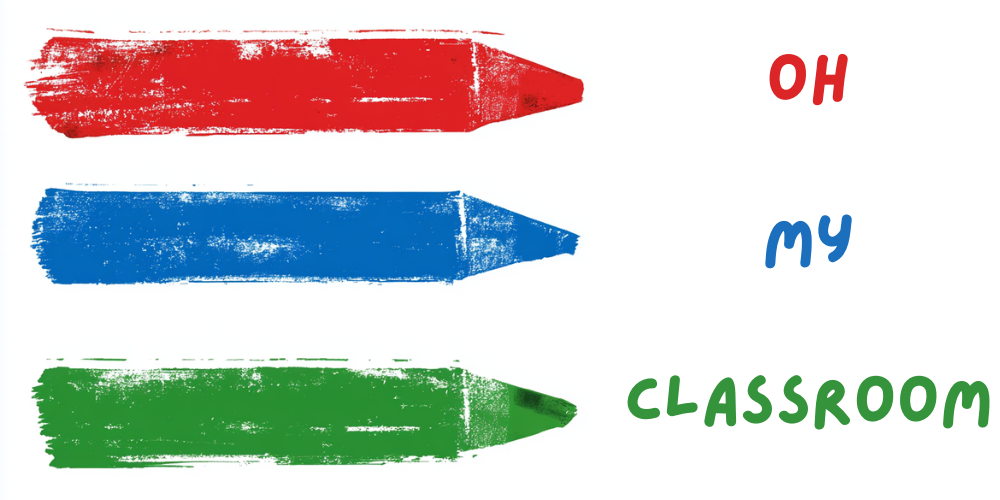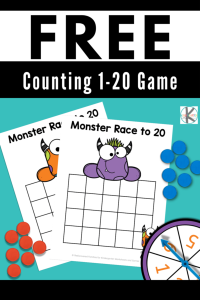As a teacher, finding engaging and age-appropriate activities during waiting times can help keep students occupied, promote learning, and prevent disruptive behaviors.
One way to accomplish this is by introducing waiting games for kids.
These games not only help pass the time but also develop important skills such as cognitive, social, emotional, and physical development.
Waiting Games for Kids
Simon Says
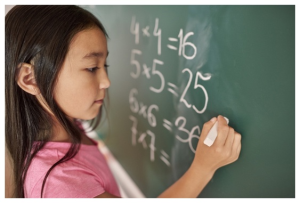
This classic game is perfect for teaching listening skills and following directions. The teacher or a designated student acts as Simon and gives commands, such as “Simon says touch your toes.” Students must only follow commands that begin with “Simon says,” or they are out.
Musical Chairs
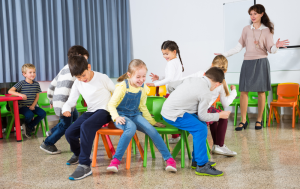
Another classic game, musical chairs, teaches students about taking turns and sharing while developing physical coordination. Students dance around chairs, and when the music stops, they must sit in a chair. One chair is removed each round until only one student remains.
I Spy

This game is ideal for developing language and observation skills. One student chooses an object in the room and says, “I spy something (color),” and other students try to guess what the object is.
Related: 20 Inspiring Winter Bulletin Board Ideas for Preschool
Duck, Duck, Goose
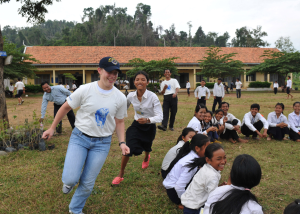
This game is perfect for teaching social skills and physical coordination. Students sit in a circle, and one student walks around, tapping others on the head, saying “duck” or “goose.” The student tapped as “goose” must chase the other student around the circle, attempting to tag them before they reach the empty spot.
Storytelling
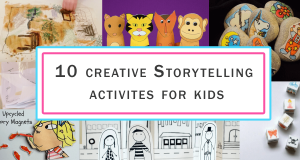
This activity encourages creativity and language development. The teacher begins a story, and each student takes a turn adding to the plot. The story can go in any direction, encouraging imagination and problem-solving.
Puzzles
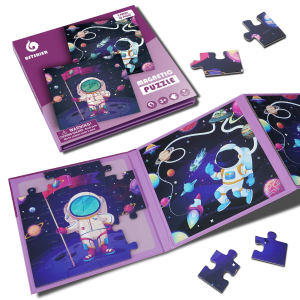
Puzzles are a great way to develop cognitive and fine motor skills. Provide various types of puzzles for students to work on during waiting times, such as jigsaw puzzles, shape puzzles, or magnetic puzzles.
Color by Number
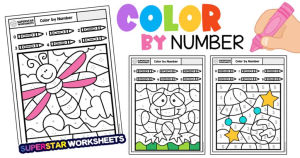
Coloring activities are great for developing fine motor skills and creativity. Color-by-number pages provide an added challenge for students to match colors with numbers.
Memory Game
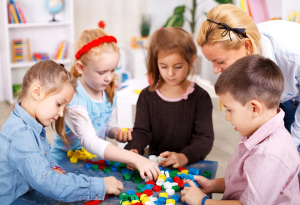
The memory game is ideal for developing memory and concentration skills. Place various objects on a tray, and students take turns studying the objects for a set time. Then, the objects are covered, and students must recall as many objects as possible.
Hot Potato
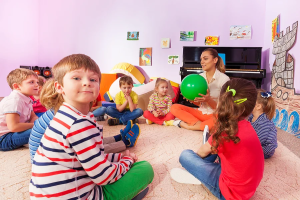
Hot potato is an entertaining game that develops physical coordination and social skills. Students pass a beanbag or ball around a circle, and when the music stops, the student holding the object is out.
Charades
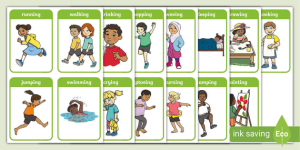
Charades is a fun game for developing communication and social skills. Students take turns acting out a word or phrase without speaking, while other students try to guess what it is.
Freeze Dance
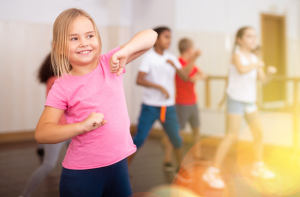
This game is perfect for developing physical coordination and musicality. Play music and have students dance, then randomly stop the music and have them freeze in place. Any students who move after freezing are out.
Alphabet Game
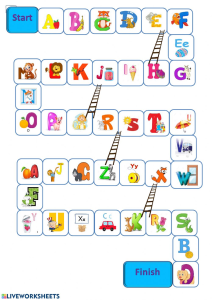
The alphabet game is ideal for developing language and cognitive skills. Students take turns saying words that start with each letter of the alphabet in order, such as “apple,” “banana,” “cat,” etc.
Go Fish
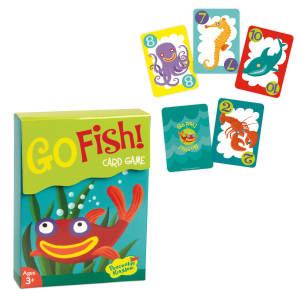
This classic card game is great for developing social skills and memory. Students take turns asking for cards to match sets, such as “Do you have any threes?” The student with the most sets at the end wins.
Hide and Seek

Hide and seek is a fun game for developing physical coordination and spatial awareness. One student is “it” and counts while other students hide. The “it” student then tries to find and tag the hidden students.
Balancing Game
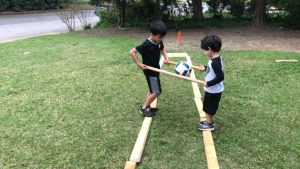
This game is perfect for developing physical coordination and balance. Students balance objects, such as beanbags or balls, on various body parts, such as their heads or elbow, without dropping them.
Drawing Game
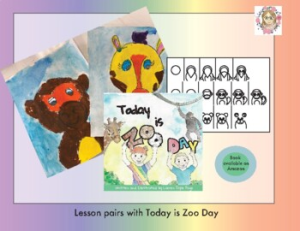
The drawing game encourages creativity and fine motor skills. Provide various drawing prompts, such as “Draw your favorite animal,” and have students draw their responses.
Counting Game
The counting game is great for developing cognitive and math skills. Students take turns counting to a set number, such as 20 or 50.
Tic Tac Toe

This classic game is perfect for developing cognitive and strategic thinking skills. Students take turns placing X’s and O’s on a grid, attempting to get three in a row.
Scavenger Hunt
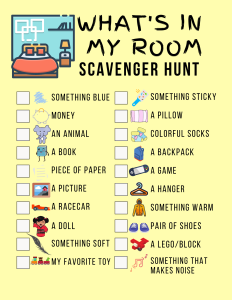
Scavenger hunts are a fun way to develop observation and problem-solving skills. Provide a list of items to find, such as “something red” or “something round,” and have students search for them.
Sock Toss

This game is ideal for developing physical coordination and hand-eye coordination. Students toss socks into a basket or container, attempting to make as many as possible.
Related: 25 Indoor and Outdoor Group Games for Preschool Kids
Conclusion
In conclusion, waiting games for kids are an excellent way to keep young students occupied and engaged during those inevitable waiting times throughout the day.
These games not only pass the time but also promote learning and development in various areas such as cognitive, social, emotional, and physical skills.
So the next time you find yourself with some extra waiting time, try out one of these waiting games and watch your students have fun while they learn and develop important skills.
